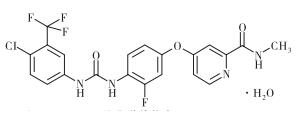What is Sodium Lauroyl Sarcosinate?
Dec 26,2019

Sodium lauroyl sarcosinate (INCI) is mild, biodegradable anionic surfactants derived from sarcosine used as a foaming and cleansing agent in shampoo, shaving foam, toothpaste, and foam wash products. The surfactant is amphiphilic due to the hydrophobic 12-carbon chain (lauroyl) and the hydrophilic carboxylate. Since the nitrogen atom is in an amide linkage, the nitrogen is not pH active and is neutrally charged in all aqueous solutions regardless of pH. The carboxylate has a pKa of about 3.6 and is therefore negatively charged in solutions of pH greater than about 5.5. pH-sensitive vesicles can be prepared using this surfactant with another cationic or water-insoluble amphiphiles [1].
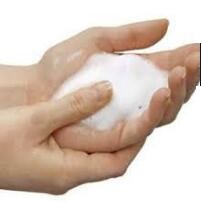
Sodium lauroyl sarcosinate is a high foam, eco-friendly surfactant. It has good chlorine stability with anti-corrosion properties. This surfactant has excellent ocular tolerance and gentleness [2]. Sodium lauroyl sarcosinate is often seen in shampoos, bath, cleansing and shaving products as a foaming agent, surfactant, and hair conditioning agent. Sodium lauroyl sarcosinate has the ability to enhance the appearance and feel of hair by improving body, suppleness and sheen, especially in hair that is chemically damaged. This ingredient also serves to clean skin and hair by mixing with oil and dirt and enabling them to be rinsed away. As a modified fatty acid, it is thought to be more soluble, and have increased crystallinity and acidity compared to its original fatty acid composition. It can reduce the irritation caused by the residue of traditional surfactants on the skin with it's good compatibility properties. As it has good biodegrability, it is in accordance with the requirement of environmental protection. Why can we use it? Because it is very mild, but also very effective. What’s more, FDA approved as an indirect food additive, and CIR approved when used in rinse-off products, or in leave-on products at concentrations of 5% or less [3].
A comprehensive safety assessment published in the International Journal of Toxicology deemed that sodium lauroyl sarcosinate was not expected to be potentially toxic or harmful, and had no mutagenic, irritating, or sensitizing effects. Due to excellent mild of sodium lauroyl sarcosinate, it can reduce irritation of traditional anion-surfactant such as sodium lauryl sulfate, so it can be applied in the baby products safely.
Additionally, sodium lauroyl sarcosinate has intrinsic anti-corrosive properties toward ferrous metals in a wide variety of applications and formulations. In addition to having anti-corrosive properties, sodium lauroyl sarcosinate can be used in cutting oils and lubrication applications to enhance water displacement. For pickling and metal cleaning, it can be used in the rinse bath to prevent flash rust and corrosion after processing.
Reference
[1] https://en.wikipedia.org/wiki/Sodium_lauroyl_sarcosinate
[2] https://www.jarchem.com/portfolio/jarfactant-l30/
[3] https://www.tichemindustry.com/post/2018/05/29/sodium-lauroyl-sarcosinate
- Related articles
- Related Qustion
Regorafenib (BAY 73-4506, Stivarga?) is a new oral small molecule multi-kinases inhibitor. It can inhibit the target kinases associated with angiogenesis and tumorigenesis.....
Dec 26,2019InhibitorsN,N,N',N'-Tetramethylmethylenediamine is a reagent used as a convenient source of the Mannich intermediate. N,N,N',N'-Tetramethylmethylenediamine can be used for the dimethylaminomethylation of active methylene compounds.....
Dec 26,2019Organic Synthesis IntermediateSodium lauroylsarcosinate
137-16-6You may like
Sodium lauroylsarcosinate manufacturers
- Sodium lauroylsarcosinate
-
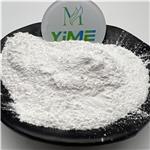
- $6.00 / 200KG
- 2024-04-26
- CAS:137-16-6
- Min. Order: 200KG
- Purity: 99%
- Supply Ability: 1000kg/day
- Sodium lauroylsarcosinate
-
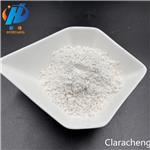
- $20.00 / 25kg
- 2024-04-24
- CAS:137-16-6
- Min. Order: 1kg
- Purity: 99.9%
- Supply Ability: 200000kg
- Sodium lauroylsarcosinate
-
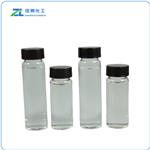
- $10.00 / 1kg
- 2024-04-22
- CAS:137-16-6
- Min. Order: 1kg
- Purity: 99%
- Supply Ability: 20ton




